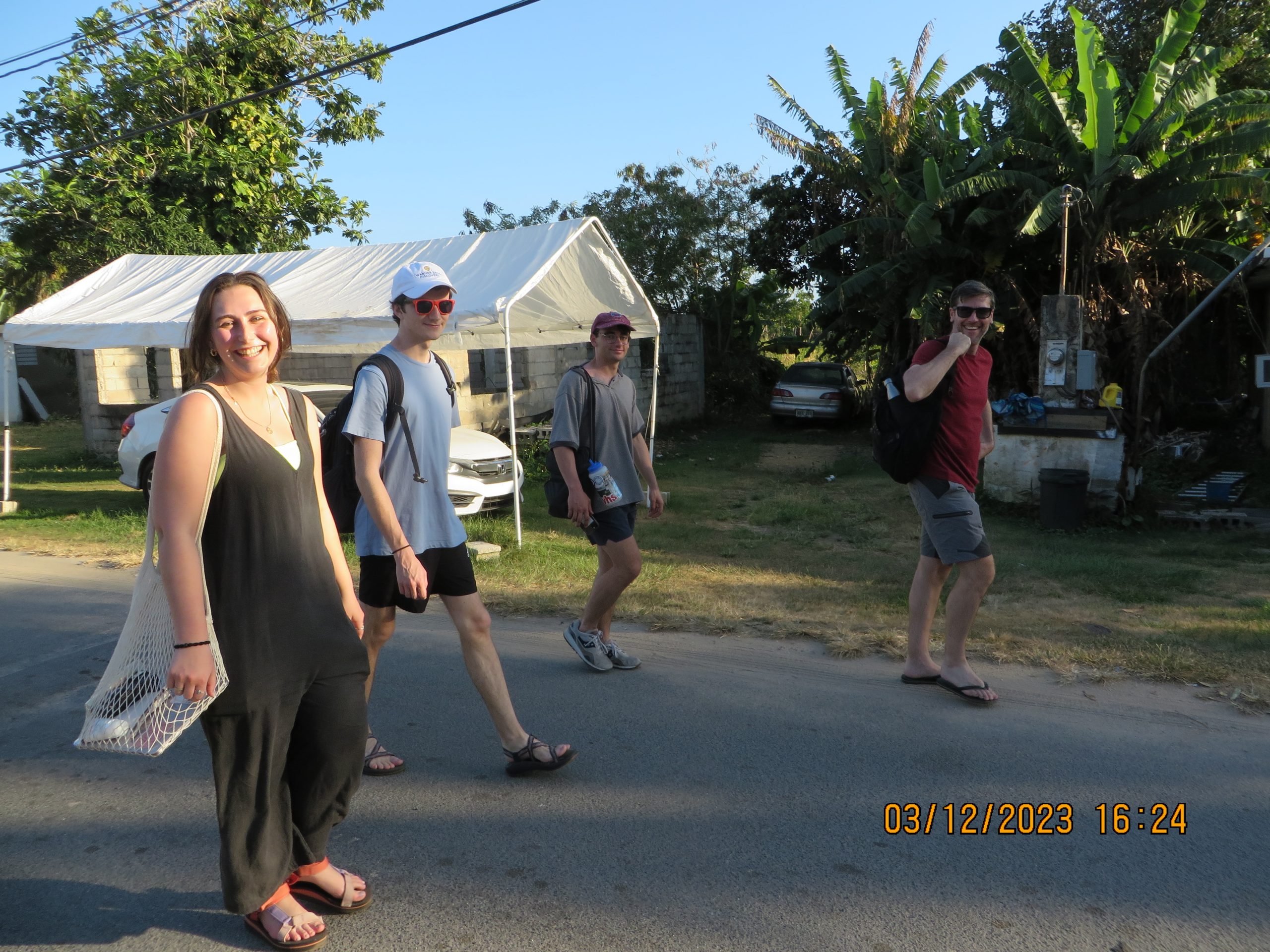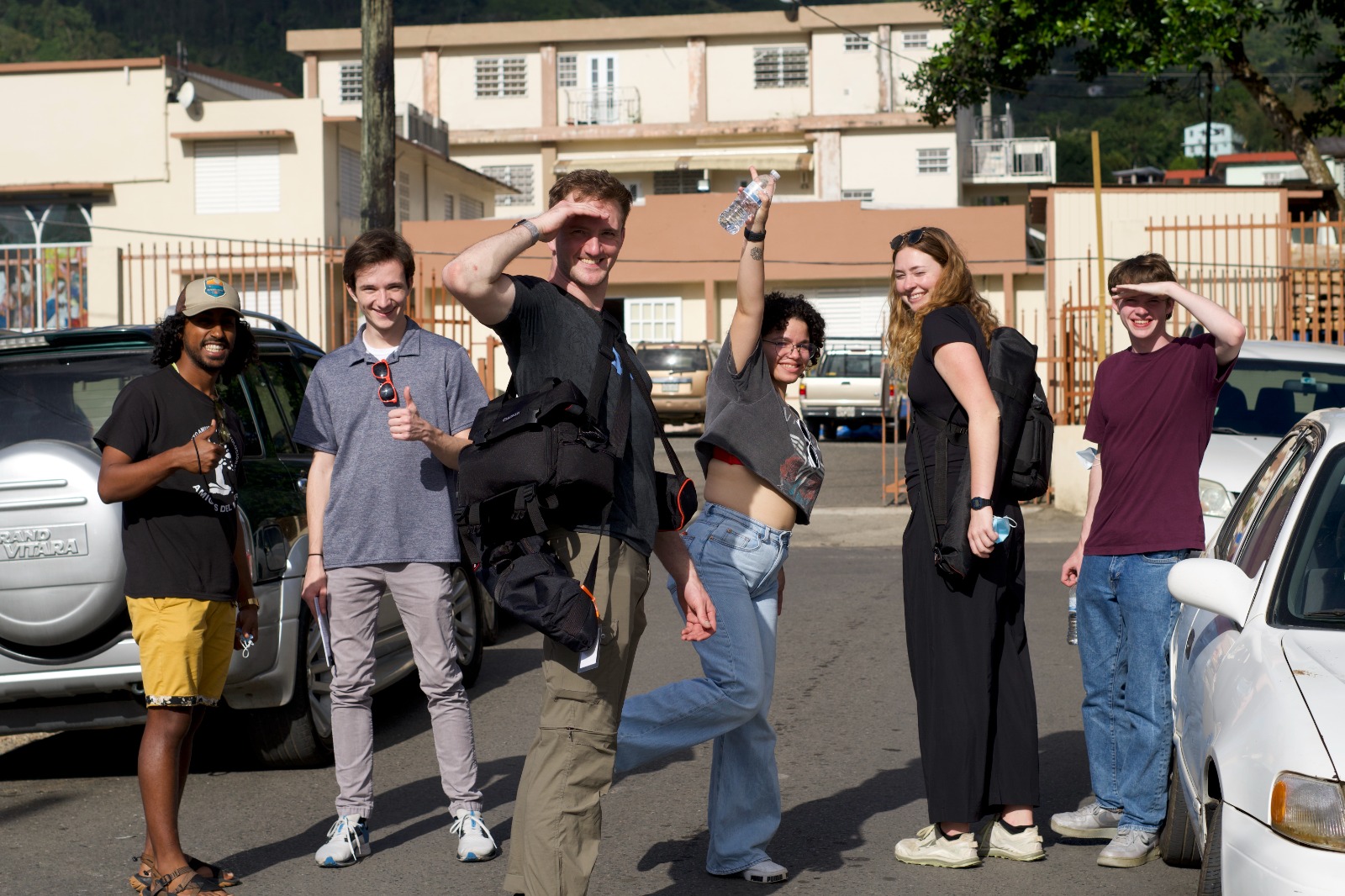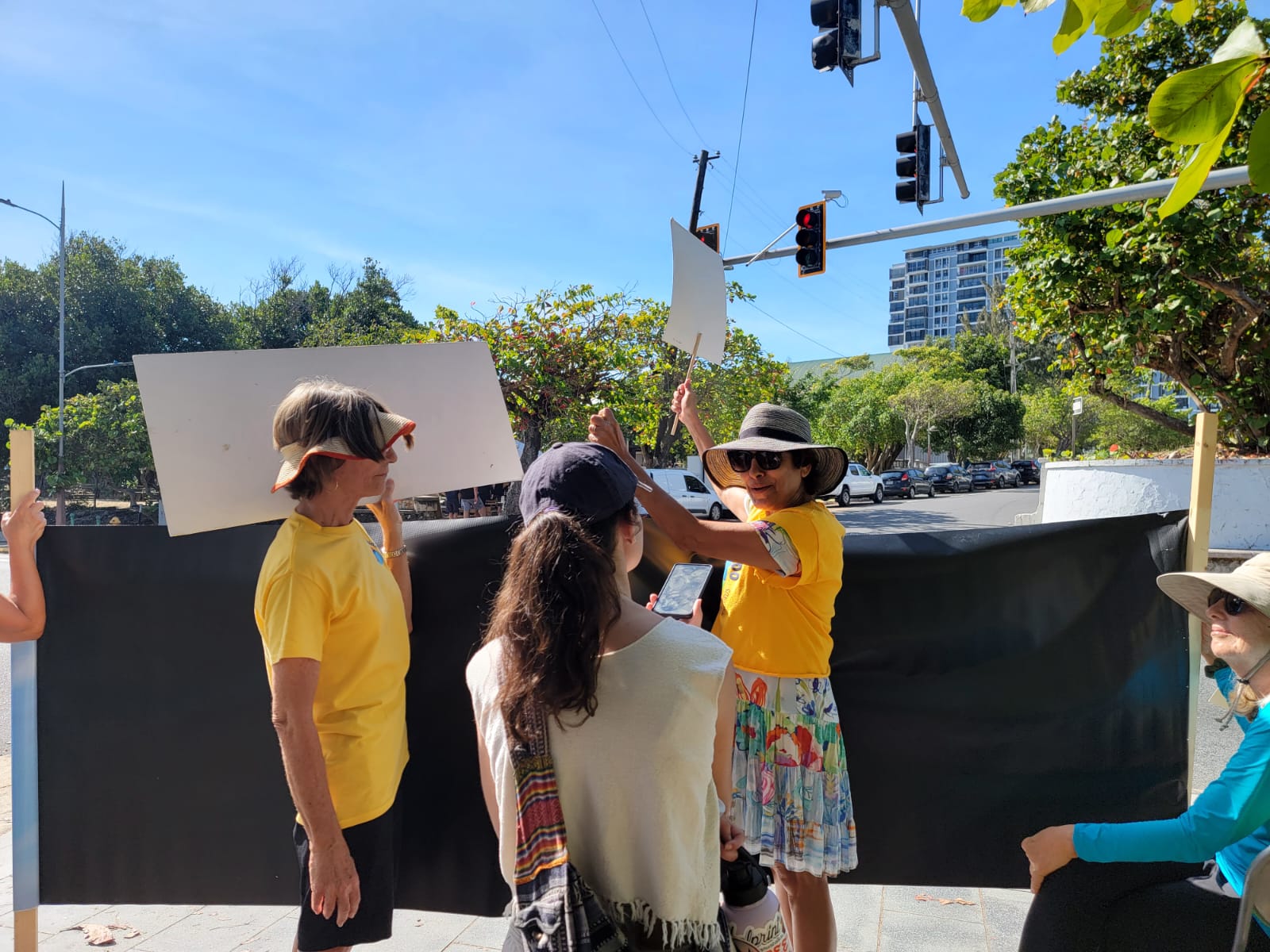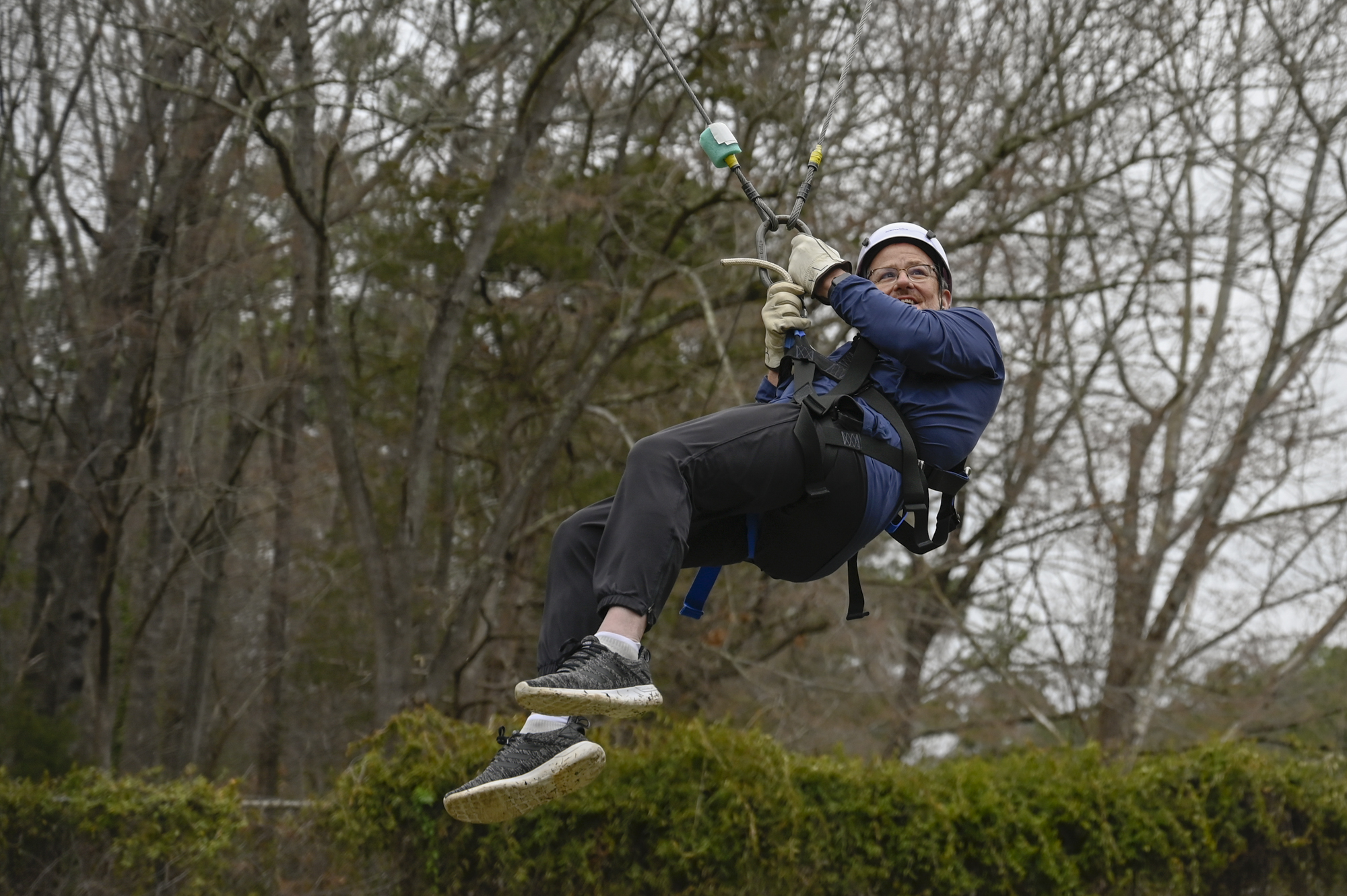Mestizos, Creoles and Maya, oh my!
A breakdown of Belize’s cultural groups
By Molly Horak

Photo by cjuneau from Ottawa, CANADA / CC BY (https://creativecommons.org/licenses/by/2.0)
Mention Belize to your friends, and immediately, they’ll probably launch into a story about that cruise they took with their family a few years ago where they visited a Mayan ruin before heading back to the boat via a quick snorkel excursion in the clear blue waters. Or maybe they jealously gush about how warm and sunny it is, how lucky we are to be going somewhere where we can lie under a palm tree all day eating fresh fruit and fish — food staples, they assume, that are synonymous with the national culture.
But Belize is so much more than these Western stereotypes. For a country roughly the size of Massachusetts, with a population smaller than that of Raleigh, it’s a nation with a rich history of cultural diversity. Composed of a patchwork of indigenous groups and expats, new communities and old traditions, Belizean culture is more than what meets the eye.
Let’s break down the many groups of people who call Belize home:
The Creoles
This is the largest subgroup of the Belizean population, with about 25 percent of the population identifying as Creole. Originally of African origin, the ancestors of today’s Creoles were brought to the Caribbean as slaves to work in the logging industry. Slavery was banned by the British empire in 1807, and as Belizeans began the slow fight to independence, Creoles were a dominant political force in the then-colony. While English is the official language, an English-based Creole language can be heard in communities along the coast.
Today, the term “Creole” refers more to a shared culture than a certain look or appearance. Creole cuisine can be found in most Belizean restaurants — look for dishes like rice and beans with spicy chicken; boil-up, a stewed mix of pig tail, fish hard-boiled eggs, yams, sweet potatoes and plantains; and fry jacks, a puffy fried dough that are a breakfast staple for many Belizeans.
The Garifuna
The Garifuna are the descendants of an Afro-indigenous population from the Caribbean island of St. Vincent. In the eighteenth century, they were exiled to the Honduran coast before subsequently moving to modern-day Belize. The first Garifuna settlement in Belize was established at Dangriga, which is still home to the country’s largest Garifuna population, according to Minority Rights Group International. Today, Garifuna live primarily along the coast and make up roughly six percent of Belize’s population.
In 2001, UNSECO (the United Nations Educational, Scientific and Cultural Organization) declared the Garifuna culture a “Masterpiece of the Oral and Intangible Heritage of Humanity” — a distinction all the more important as the Garifuna language is internationally recognized as a language in peril. Internationally, there are fewer than 90,000 people who speak Garifuna, despite the community working to teach the language to younger populations and incorporate their culture into different facets of society. Across Belize, “Garifuna Day” is celebrated every November to memorialize the arrival of the Garifuna and recognize their rich culture within the country.
The Maya
If you remember anything from world history classes, you know about the Maya: one of the ancient American civilizations which flourished from approximately 1000 BCE to 900 CE. The Maya in Belize today — about 11 percent of the country’s population — are direct descendants of the original indigenous people and fall into three main subgroups: Yucatec, Mopan and Q’eqchi Maya.
The Yucatec Maya moved south to Belize in the mid-19th century from the Yucatan Peninsula as refugees from Mexico’s Guerra de la Castas. Soon after, the Q’eqche moved into the country from Guatemala, to escape enslavement by German coffee growers operating across the border. They settled inland, and due to their geographic isolation, have remained the nation’s poorest and most neglected minority group, according to the Minority Rights Group International. The Mopan Maya also moved into Belize to escape taxation and forced labor in Guatemala, and settled along the southern coast.
All three groups of Maya are currently battling for control over their lands. The Belizean government encouraged private companies to move forward with large-scale logging and oil extraction on sacred Mayan lands, and a decades-long legal battle agreed that the Maya do have collective land rights, yet enforcement of the findings are lax. Border disputes with Guatemala further exacerbate tensions between the Maya and the government.
The Mestizos
The Mestizos — a community of individuals with mixed Spanish and Yucatan Mayan descent — call Northern Belize their home. Similar to the Yucatan Mayan, this community formed as refugees moved south in the midst of Mexico’s Guerra de las Castas. Demographically, the northern region of Belize reflects Mexico’s Yucatan Peninsula more than any other region within the country.
Culturally, the Mestizos retain distinctive elements from their Spanish ancestry. Spanish is commonly spoken among these communities, and Catholic is the dominant religion. Mestizo towns are often centered around a Catholic church, and most Mestizo’s practice subsistence farming of pepper, beans, corn and sugar cane. Traditional Mestizo foods, such as relleno negro, tamales, tacos and chimole have gained popularity in Belize and are spreading into other demographic groups (with their own unique twists, of course!) In recent years, refugees Guatemala, Honduras and El Salvador have gravitated to Mestizo communities due to the prevalence of the Spanish language.
The Mennonites
Mennonites (yes, the bonnet-wearing, carriage-riding Mennonites) live in communities in the central, inland portion of the nation. In Belize, the Mennonites are the descendants of Dutch and German immigrant families and are members of a Protestant religious sect that retains fundamentalist religious practices founded on New Testament principles.
In the mid-20th century, the Mennonites signed an agreement with the Belizean government exempting them from military service and certain taxes, while allowing them full freedom to farm and practice their distinctive religion within their communities. With this, they began to form their own schools, businesses, banks and local government, essentially closing their communities off from outside influence. Today, they compose about three percent of the country’s population.
The Chinese: There’s a small Chinese community in Belize, hovering around one percent of the nation’s overall population. Chinese laborers were encouraged to come to Central America during the mid-20th century, according to the Belize Breaking News website. In 1986, Belize began a citizenship-by-investment program which was a popular option for Chinese immigrants. Belize was also an enticing option for residents of Hong Kong who retained British National Overseas Status. As tensions heightened with mainland China, many Hong Kong residents looked to Belize for alternative citizenship paths.
As distinct ethnic groups merged, a “uniquely Belizean” culture has emerged. It’s a culture made up of so much more than the stereotype of sunny beaches and snorkeling, more than ancient ruins and Afro-Caribbean dancing. It’s a land rich with history, with art, music, cuisine — and a sense of acceptance, for so many different people call this small nation home. It’s a culture I can’t wait to see for myself and discover exactly what makes this nation so special.
ABOUT THE AUTHOR
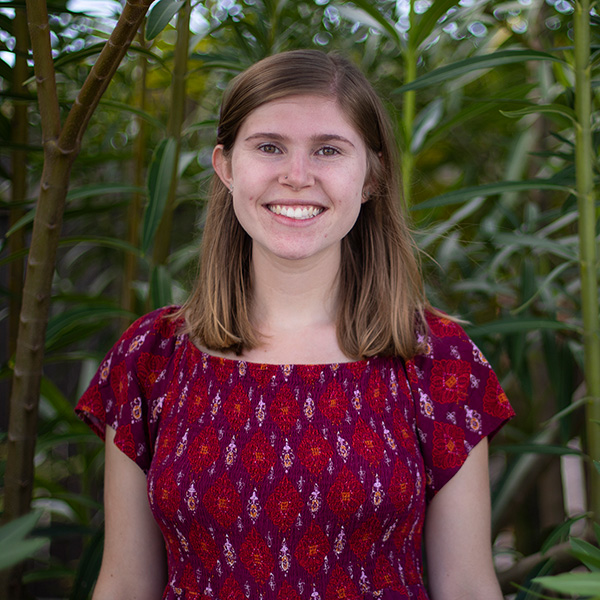
Molly Horak
Hi, I’m Molly, a senior majoring in journalism and political science. Fun fact: when I was a kid, I was a part-time clown named Mudpie!



